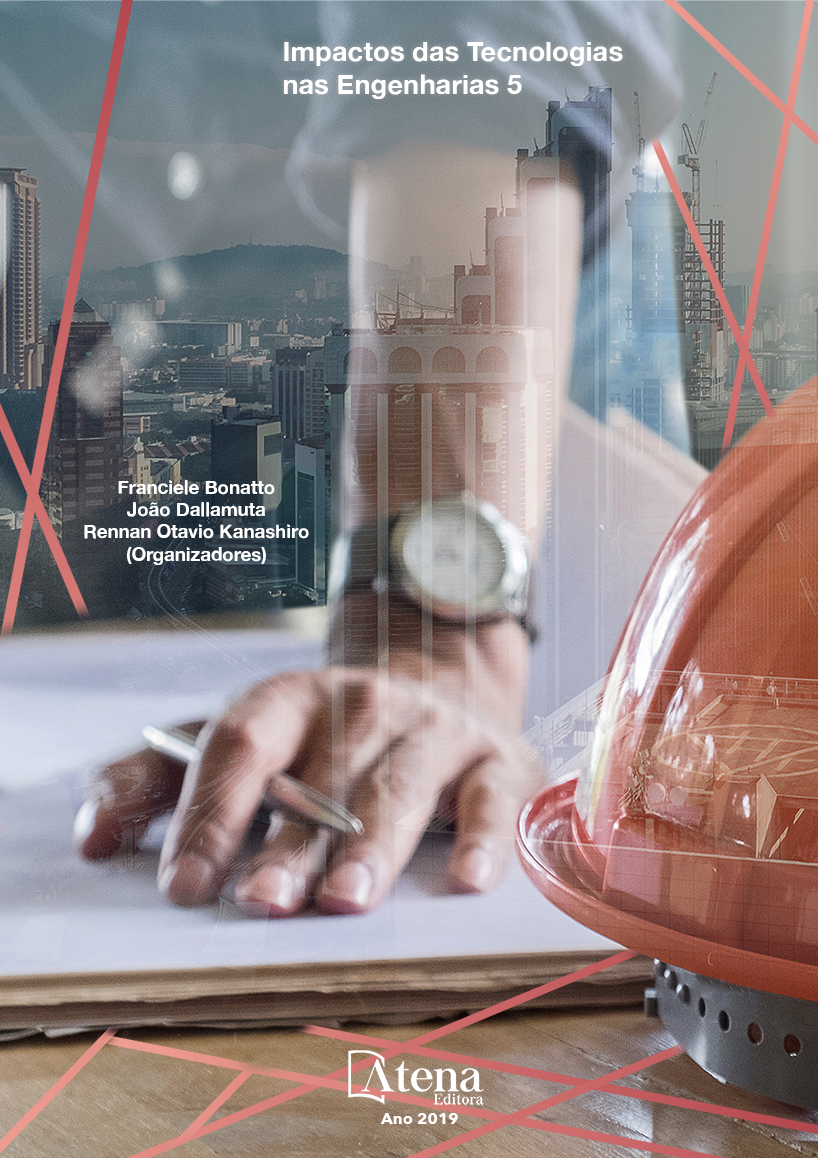
OBTENÇÃO DE ALUMINATO DE ZINCO ATRAVÉS DO MÉTODO HIDROTÉRMICO ASSISTIDO POR MICRO-ONDAS E APLICAÇÃO COMO CATALISADOR NA OBTENÇÃO DO BIODIESEL
O aluminato de zinco (ZnAl2
O4
)
ocorre naturalmente na natureza na forma de
mineral ganhita, sua estrutura do tipo espinélio
tem atraído muita atenção por apresentarem
algumas propriedades interessantes, como forte
resistência mecânica, assim como estabilidade
térmica, sendo com estas propriedades muito
aplicado na cerâmica e na produção de
biodiesel como catalisador heterogêneo. A
finalidade deste trabalho foi sintetizar o ZnAl2
O4
,
através do método síntese hidrotermal assistido
por micro-ondas, utilizando como agentes
mineralizadores hidróxido de sódio (NaOH),
amônia (NH4
OH) e ureia (CH4
N2
O), estudar
e avaliar as suas propriedades estruturais,
morfológicas e texturais, na conversão de
biodiesel. As amostras foram sintetizadas
em um reator hidrotérmico de micro-ondas
marca INOVTEC modelo RMW 1. Para este
procedimento, partiu-se de três soluções de
nitrato de alumínio Al(NO3
)3
e nitrato de zinco
Zn(NO3
)2
, e ureia diferenciando-se os agentes
mineralizadores. As amostras obtidas foram
caracterizadas por DRX, MEV e BET. Foi
possível observar a fase do ZnAl2
O4
para a
amostra ZAUrP0,15 (ureia como mineralizador)
que através da observação da micrografia ficou
evidenciada a característica nanométrica do pó
de aluminato. O material apresentou agregado
e poroso Quanto a analise texturais, o mesmo
apresentou uma alta área de superfície
específica, o que podem estar correlacionadas
com os tamanhos de cristalitos muito pequenos.
Já na conversão em biodiesel verificou-se
que o resultado da amostra utilizando agente
mineralizador ureia foi de 54,45%. Foi possível
obter o ZnAl2
O4
em condições brandas, ou seja,
baixa temperatura de processamento, com
morfologia diferenciadas, em função do agente
mineralizador.
OBTENÇÃO DE ALUMINATO DE ZINCO ATRAVÉS DO MÉTODO HIDROTÉRMICO ASSISTIDO POR MICRO-ONDAS E APLICAÇÃO COMO CATALISADOR NA OBTENÇÃO DO BIODIESEL
-
DOI: 10.22533/at.ed.95419150319
-
Palavras-chave: óxido misto, área superficial, catálise heterogênea.
-
Keywords: Mixed oxide, Surface area, Heterogeneous catalysis.
-
Abstract:
Zinc aluminate (ZnAl2O4
),
naturally occurring in nature in the form of
the mineral ganhita, its spinel structure has
attracted a lot of attention because it presents
some interesting properties, such as strong
mechanical resistance, as well as thermal
stability, being with these properties much
applied ceramics and biodiesel production as
heterogeneous catalysts. The objective of this work was to synthesize the ZnAl2
O4
,
using the hydrothermal synthesis method assisted by microwave, using as mineralizing
agents sodium hydroxide (NaOH), ammonia (NH4
OH) and urea (CH4
N2
O), to study
and evaluate its structural, morphological properties and textures, in the conversion
of biodiesel. The samples were synthesized in an INOVTEC microwave RMW 1
hydrothermal reactor. For this procedure, tree solutions of aluminum nitrate Al2
(NO3
)3
and zinc nitrate Zn(NO3
)2
, and urea were used as differentiating mineralizing agents.
XRD, SEM and BET. Characterized the samples obtained. It was possible to observe
the ZnAl2O4
phase for the sample ZAUrP0,15 (applied urea as mineralizer) that through
the observation of the micrograph the nanometric characteristic of the aluminate
powder was evidenced. The material presented aggregate and porous. As for the
textural analysis, it presented a high specific surface area, which may be correlated
with the very small crystallite sizes. Already in the conversion to biodiesel it was verified
that the result of the sample using mineralizing agent urea was of 54, 45%. It was
possible to obtain the ZnAl2O4
in soft conditions, ie, low processing temperature, with
differentiated morphology, as a function of the mineralizing agent.
-
Número de páginas: 15
- Guilherme Leocárdio Lucena
- Max Rocha Quirino
- Erivane Oliveira da Silva


